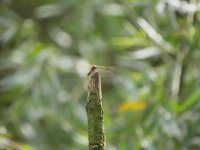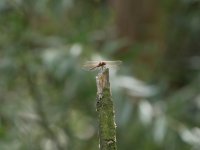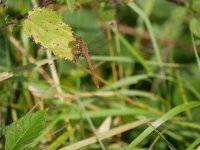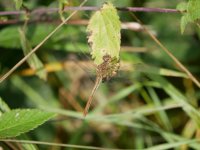Hi,
I took the photos last year at nature reserve at the border of Düsseldorf. Initially I thought first one was Sympetrum striolatum or maybe S. vulgatum (but already in field I had the feeling that it somehow didn't look quite right). For the second one I thought it was a female S. striolatum. I posted the photos on iNaturalist and received IDs as S. depressiusculum for the first and S. meridionale for the second (where there are just a few records in the whole state of Nortrine-Westfalia) for the second. What do you think? The people giving the IDs seem to be quite knowledgeable with Odonata.
Especially S. meridionale would be quite a surprising find (and a lifer 😉)
S. depressiusculum?


S. meridionale?


I took the photos last year at nature reserve at the border of Düsseldorf. Initially I thought first one was Sympetrum striolatum or maybe S. vulgatum (but already in field I had the feeling that it somehow didn't look quite right). For the second one I thought it was a female S. striolatum. I posted the photos on iNaturalist and received IDs as S. depressiusculum for the first and S. meridionale for the second (where there are just a few records in the whole state of Nortrine-Westfalia) for the second. What do you think? The people giving the IDs seem to be quite knowledgeable with Odonata.
Especially S. meridionale would be quite a surprising find (and a lifer 😉)
S. depressiusculum?


S. meridionale?






